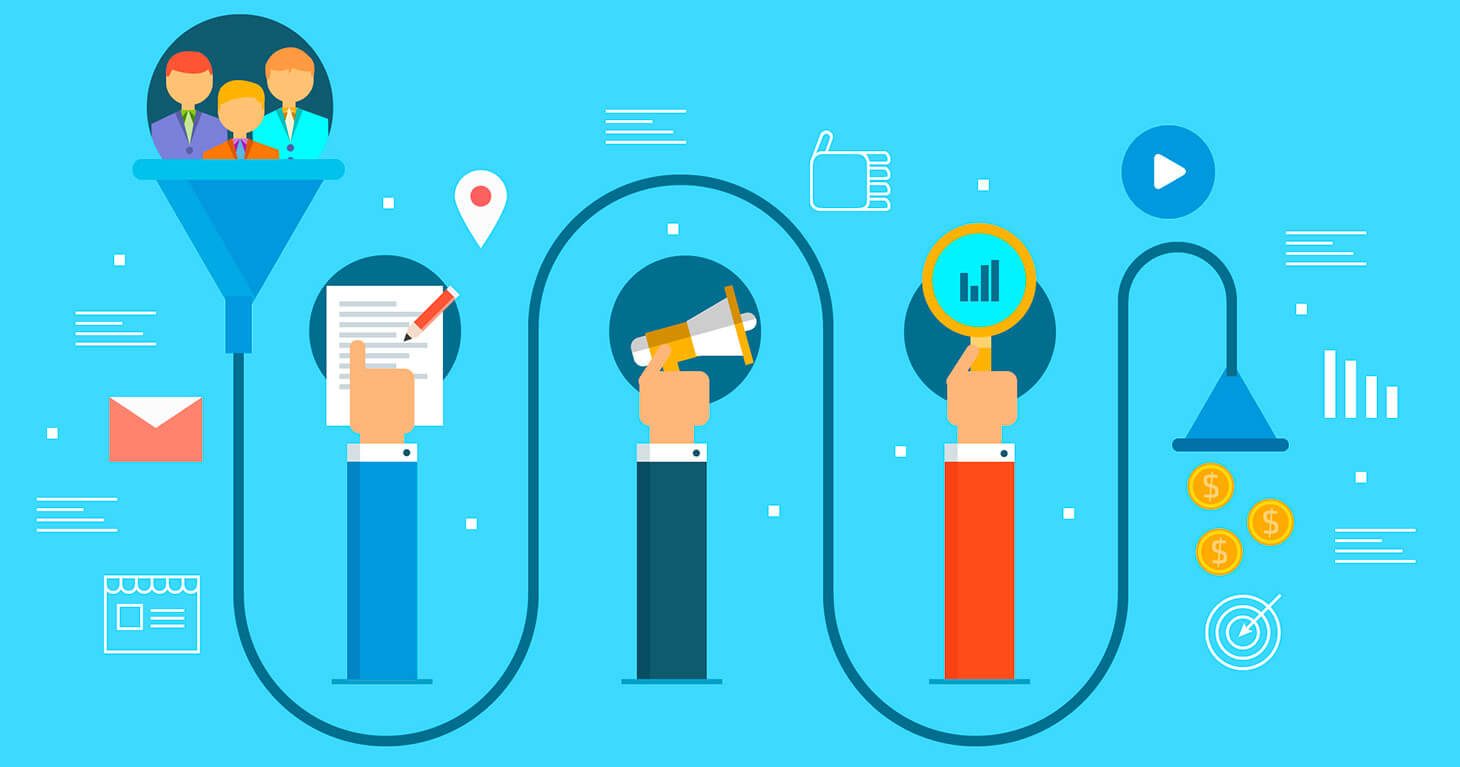
Strategies for Boosting Sales and Conversions
More from marketing
- HOW TO START A SMALL BUSINESS FROM SCRATCH
- What is digital marketing
- Top 7 eCommerce Stores in Uganda
- How AI Could Affect Marketing: The Future of Digital Marketing
- The Comprehensive List of Pros and Cons of Affiliate Marketing
- The Dos and Don'ts of Content Marketing: A Guide for Small Businesses
- The Impact of Cloud Computing on Software Development: Benefits, Challenges, and Future Trends
- The Power of Social Media Advertising: Maximizing Reach and Engagement
- Unleashing the Potential of Email Marketing: Driving Conversions and Customer Engagement
- Mastering Content Marketing: Strategies for Engaging and Converting Your Audience
- Strategies for Boosting Sales and Conversions
- Top 60 Social Media Influencers in 2024: Who’s Leading the Chart
In today's highly competitive business landscape, the key to success lies in optimizing sales and conversion strategies to drive revenue and foster business growth. By implementing effective tactics and leveraging data-driven insights, businesses can maximize their sales potential and enhance overall profitability. In this comprehensive blog post, we will explore powerful strategies and best practices for boosting sales and conversions.
1. Understanding Your Target Audience:
Conducting Market Research:
Invest time in comprehensive market research to gain a deep understanding of your target audience's preferences, pain points, and buying behavior. Identify customer needs and tailor your products, services, and messaging accordingly.
Buyer Personas:
Create detailed buyer personas that represent your ideal customers. These personas help personalize marketing efforts and provide a clear understanding of the challenges your audience faces, enabling you to position your offerings effectively.
Customer Journey Mapping:
Map out the entire customer journey, from awareness to post-purchase follow-up. Understanding each touchpoint and interaction helps identify opportunities for optimization and ensures a seamless customer experience.
Customer Feedback and Reviews:
Gather and analyze customer feedback and reviews to identify areas for improvement. Addressing customer concerns and testimonials can positively impact trust and conversion rates.
2. Implementing E-commerce Optimization:
User-Friendly Website Design:
Optimize your website's user experience by ensuring easy navigation, quick loading times, and mobile responsiveness. A user-friendly site keeps visitors engaged and encourages them to explore further.
Streamlined Checkout Process:
Minimize cart abandonment rates by simplifying the checkout process. Offer guest checkout options, display clear shipping and payment information, and reduce the number of steps required to complete a purchase.
Product Recommendations and Upsells:
Implement personalized product recommendations and upsell opportunities based on customer browsing and purchase history. These tactics can lead to additional sales and increased average order value.
Trust Signals and Social Proof:
Incorporate trust signals such as security badges, customer testimonials, and verified reviews to instill confidence in potential buyers. Social proof plays a significant role in influencing purchase decisions.
3. Leveraging Digital Marketing Channels:
Search Engine Optimization (SEO):
Optimize your website and content for search engines to improve visibility and organic traffic. Target relevant keywords and create valuable content that addresses your audience's queries.
Pay-Per-Click (PPC) Advertising:
Run targeted PPC campaigns on platforms like Google Ads or social media channels to reach potential customers actively searching for products or services similar to yours.
Content Marketing:
Create engaging and informative content that showcases your expertise and addresses customer pain points. Valuable content can attract and nurture leads, ultimately leading to increased conversions.
Social Media Marketing:
Leverage the power of social media to build brand awareness, engage with your audience, and drive traffic to your website. Use social media platforms as a channel for customer support and relationship building.
4. Implementing Sales Funnels:
Awareness Stage:
Create top-of-funnel content, such as blog posts, infographics, or educational videos, to attract and engage potential customers. Offer valuable insights and solutions to generate interest in your products or services.
Consideration Stage:
Provide detailed product information, customer testimonials, and case studies to showcase the value of your offerings. Utilize targeted email campaigns to nurture leads and move them towards making a purchase.
Decision Stage:
Offer incentives such as limited-time discounts or exclusive offers to prompt decision-making. Implement urgency and scarcity techniques to encourage immediate action.
Post-Purchase Follow-up:
Implement post-purchase follow-up sequences to express gratitude, request feedback, and provide support. Building strong post-purchase relationships can lead to repeat sales and customer loyalty.
5. Analyzing Data and Continuous Optimization:
Utilizing Analytics:
Leverage data analytics tools to track and measure the performance of your sales and conversion strategies. Monitor key metrics such as conversion rates, click-through rates, and customer lifetime value.
A/B Testing:
Continuously test different elements of your sales and conversion strategies, including website design, CTAs, email subject lines, and pricing strategies. A/B testing helps identify what resonates best with your audience and informs optimization efforts.
Customer Retention Strategies:
Invest in customer retention strategies to encourage repeat business. Implement loyalty programs, offer personalized incentives, and provide exceptional customer service to retain and delight your existing customers.
Boosting sales and conversions requires a multifaceted approach that incorporates a deep understanding of your target audience, a seamless e-commerce experience, effective digital marketing efforts, and the continuous analysis and optimization of data. By implementing the strategies outlined in this blog post, businesses can unlock their full sales potential and achieve sustained growth in today's dynamic marketplace. Stay proactive in adapting to changing consumer preferences and market trends, and your efforts will yield significant returns in the form of increased sales and customer loyalty. Embrace these powerful strategies and elevate your sales and conversions to new heights.

